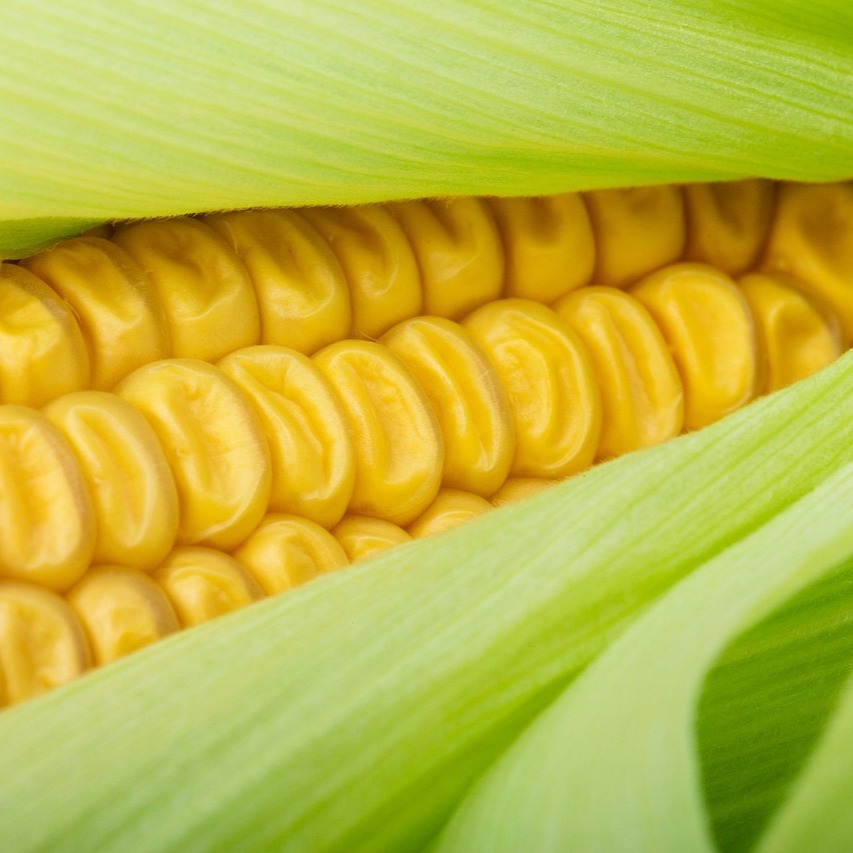
Introduction
Sweetcorn is a delicious and versatile vegetable that can be grown successfully in the United Kingdom. With its sweet flavor and tender kernels, growing sweetcorn in your garden can be a rewarding experience. In this comprehensive guide, we will walk you through the process of growing sweetcorn, from selecting the right variety to providing the necessary care for a bountiful harvest. Let's get started!
Choosing the Right Variety
When it comes to sweetcorn, there are several varieties suitable for the UK climate. Here are some popular choices:
- 'Swift': An early-maturing variety that produces sweet and tender corn.
- 'Lark': This variety offers good disease resistance and reliable cropping.
- 'Incredible': A high-yielding variety with large cobs and excellent flavor.
- 'Golden Bantam': This heritage variety has a rich, old-fashioned corn flavor.
Planting
Sweetcorn is typically grown from seeds. Follow these steps to sow and plant your sweetcorn:
- Sowing method: Start sweetcorn seeds indoors about 2-3 weeks before the last frost date. Plant them in biodegradable pots or seed trays filled with seed starting mix. Keep the soil consistently moist and provide warmth and bright light for germination.
- Transplanting seedlings: Once the seedlings have developed a few sets of true leaves and all risk of frost has passed, transplant them into the garden. Choose a sunny spot with fertile, well-drained soil.
- Planting method: Dig holes that are wide and deep enough to accommodate the root balls of the seedlings. Space the plants 12-18 inches apart in rows that are 2-3 feet apart. Place the seedlings in the holes, gently firming the soil around the roots.
- Watering: Water the seedlings thoroughly after planting to settle the soil. Throughout the growing season, keep the soil evenly moist, particularly during dry spells.
Growing
To ensure healthy growth and a bountiful harvest of sweetcorn, consider the following tips:
- Sunlight: Sweetcorn thrives in full sun. Aim to provide them with at least 6-8 hours of direct sunlight each day.
- Watering: Keep the soil consistently moist, especially during dry spells. Sweetcorn requires regular watering, particularly during periods of rapid growth and ear development.
- Soil conditions: Sweetcorn prefers fertile soil that is well-drained. Incorporate compost or well-rotted manure into the soil before planting.
- Fertilizing: Apply a balanced fertilizer or side dress with compost or well-rotted manure when the plants are about knee-high.
- Supporting the plants: Some tall or heavy varieties of sweetcorn may benefit from support. Use stakes or create a framework to prevent the plants from toppling over in windy conditions.
- Pollination: Sweetcorn requires good pollination for successful ear development. Plant sweetcorn in blocks rather than single rows to ensure proper pollination by the wind.
- Harvesting: Sweetcorn is ready to harvest when the kernels are plump and milky, and the tassels at the top of the ear have turned brown. Gently pull back the husks and pierce a kernel to check for maturity.
Conclusion
Growing sweetcorn in the United Kingdom allows you to enjoy the sweet flavor and tender kernels of this versatile vegetable. By choosing the right variety, providing proper care, and addressing common challenges, you can cultivate healthy sweetcorn plants that provide a bountiful harvest. Whether you enjoy them grilled, boiled, or in various recipes, homegrown sweetcorn will surely enhance your culinary experiences. Happy sweetcorn growing!